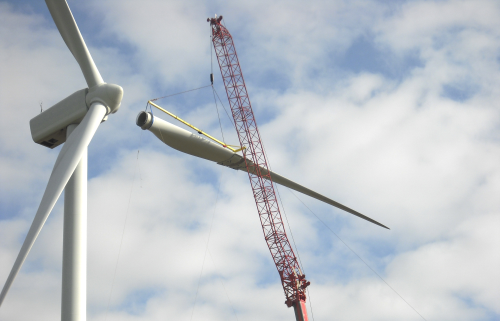
The Vestas stealth turbine test was conducted at a UK customer site with technology partner QinetiQ and is part of an ongoing collaboration that began in 2006.
Preliminary test results, announced at the International Wind and Radar Forum in Ottawa, Canada, showed that a Vestas V90 turbine with stealth rotor achieved a targeted reduction in radar cross-section of approximately 99%, or 20 decibels, compared with standard turbines.
“Our testing has demonstrated that we have successfully adapted military stealth technology to make Vestas wind turbines viable for placement in many locations that have been restricted by radar concerns,” reports Vestas Technology R&D President Finn Strøm Madsen.
“This is a critical step toward the commercialisation of stealth turbines and holds potential to open a significant number of wind power locations for Vestas customers.”
An estimated 20 GW of wind power capacity is currently blocked worldwide by concerns about radar interference.
Stealth technology
Vestas reports that the stealth turbine uses a portfolio of radar absorbing materials that are integrated into the current manufacturing processes for turbine components and can be designed to operate at aviation and maritime frequencies.
These modifications do not affect the performance or appearance of the turbines, which meet current visual standards.
The full-scale test follows more than five years of research collaboration with UK-based QinetiQ to develop and improve the application of military stealth technology to wind turbines.
Early laboratory and wind tunnel testing progressed to initial site testing of a single, 44 m blade in late 2009. Additional design optimisation led to process cost reductions and quality improvements that were verified by the full-scale testing of a three-blade stealth turbine in 2011.




